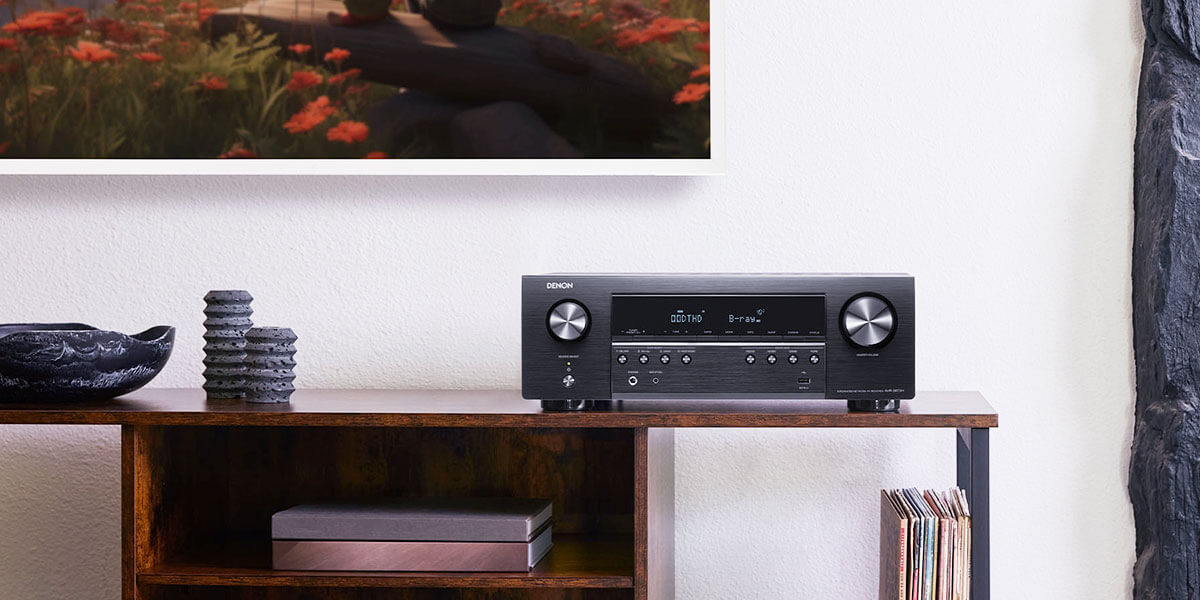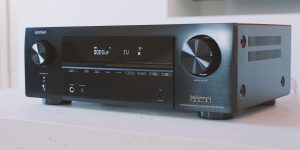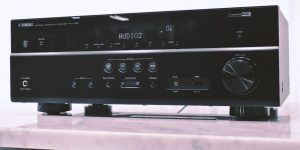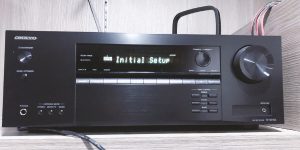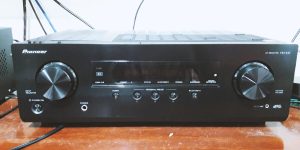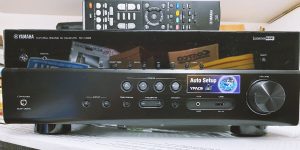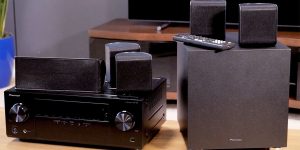The decision to upgrade your sound is a thrilling overture, a chance to unlock the full potential of your audio and video experience. It’s an exploration of the latest technologies, a quest for richer sound, crisper images, and more immersive moments. If you’ve been bothered by a thought like “When should I upgrade my AV receiver?” then this article is right for you. If you use a receiver from time to time and are not too immersed in this topic, I think you will be interested to know everything I’ve prepared for you. Maybe it’s time for you to think about purchasing a new device.
Signs that you may need an upgrade
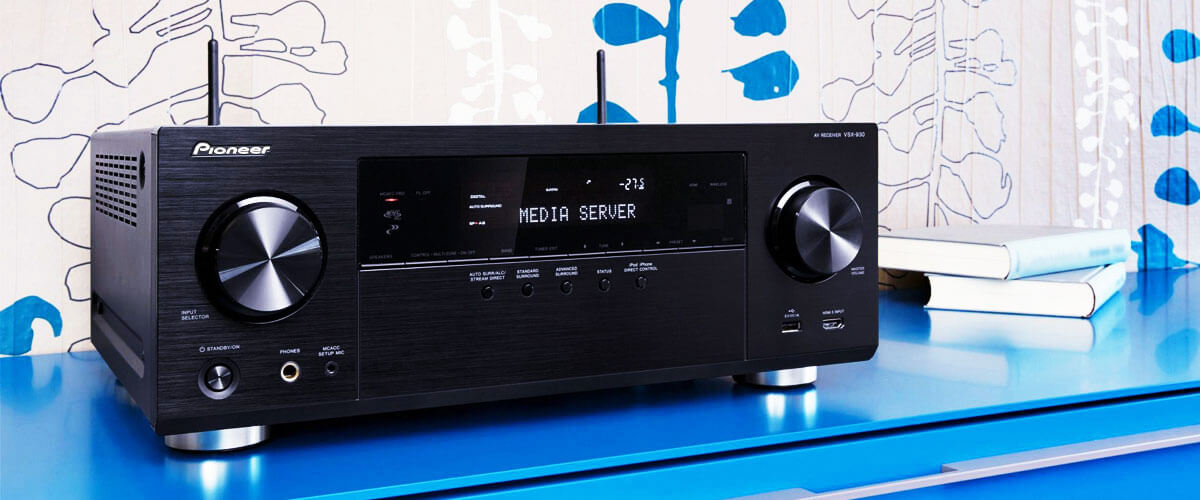
Is it time to bid farewell to your trusty receiver in a new era of home entertainment? Like any technological marvel, AVRs have a lifespan, and their time to shine might eventually wane. If you’re wondering whether it’s time to upgrade AVR, consider these signs as your guide:
- Lack of compatibility. Your receiver struggles to keep up with modern devices, leaving you with limited connectivity options and the inability to fully enjoy new audio and video formats. If you find yourself constantly switching cables and adapters just to accommodate your growing number of devices, it’s time to simplify with a more up-to-date receiver.
- Outdated 3D codecs. It doesn’t support the latest 3D formats like Dolby Atmos or DTS:X, leaving you yearning for the immersive sound experience that newer content promises.
- Video woes. Your receiver can’t pass through 4K or 8K video signals, resulting in a disconnect between your state-of-the-art TV and a receiver that lags behind.
- Software stagnation. The firmware updates for your equipment have become a distant memory, and you’re missing out on new features and bug fixes that could enhance your experience.
- No network capabilities. The absence of network connectivity and streaming features feels like a step back in time for me when the convenience of online content is at your fingertips.
- Auditory hiccups. If your device starts producing odd noises and dropouts or doesn’t deliver the sound quality it used to, it might suffer from wear and tear.
Remember, an upgrade can breathe new life into your home entertainment experience, unlocking features and capabilities that elevate your audio and video enjoyment. So, if any of these signs resonate with your AV receiver, it might be time to look out for more advanced models that offer a spectrum of possibilities.
Benefits of upgrading your AV receiver
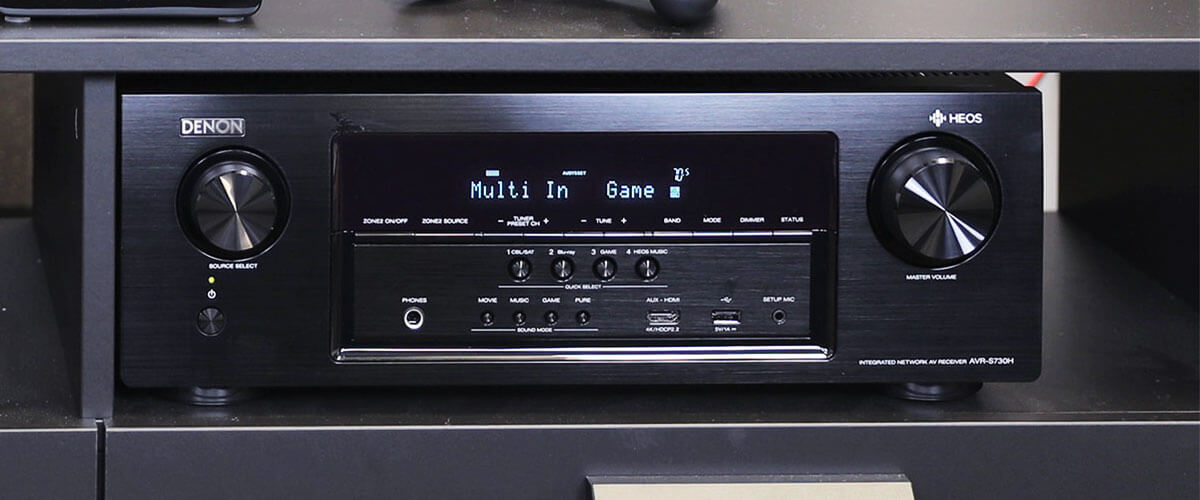
Upgrading your AV receiver can bring a host of benefits that can significantly enhance your home entertainment experience. I will try to briefly explain what you are depriving yourself of if you do not consider the option of renewing the equipment.
A newer receiver often incorporates advanced audio processing technologies and high-quality digital-to-analog converters (DACs). This results in cleaner, more accurate sound reproduction, reducing distortion and delivering greater audio purity. Upgrading also allows you to enjoy high-resolution audio formats like FLAC and DSD, which offer superior sound quality with increased detail, depth, and clarity. These formats can breathe new life into your music collection. Moreover, modern AVRs support the latest surround sound formats, such as Dolby Atmos and DTS:X, enabling immersive 3D audio experiences. With the right speaker setup, you can feel sound all around you, making movies and games more captivating.
Besides audio, you will have the latest and most versatile connectivity options. You can seamlessly connect modern devices such as gaming consoles, streaming devices, and Blu-ray players, preventing compatibility issues and making setup easier. Newer receivers are equipped with the latest HDMI standards, which is important for streaming 4K and HDR content without limitations. In addition, they come with built-in Wi-Fi and Bluetooth, simplifying wireless streaming from your mobile devices. This feature can be especially useful for accessing your favorite music and streaming services.
Of course, you get various additional features to enjoy. Some receivers are compatible with voice control systems like Amazon Alexa and Google Assistant, allowing you to control your receiver and connected devices with voice commands. It’s very convenient that you can use advanced calibration and room correction systems to adjust the sound to your specific room and speaker setup for optimal audio performance. A big plus would be to have access to multiple zones in order to enjoy different content in different areas of your home.
As you can see, it’s an investment that can breathe new life into your entertainment experiences and ensure you stay on the cutting edge of home audio and video technology.
Factors to consider before upgrading
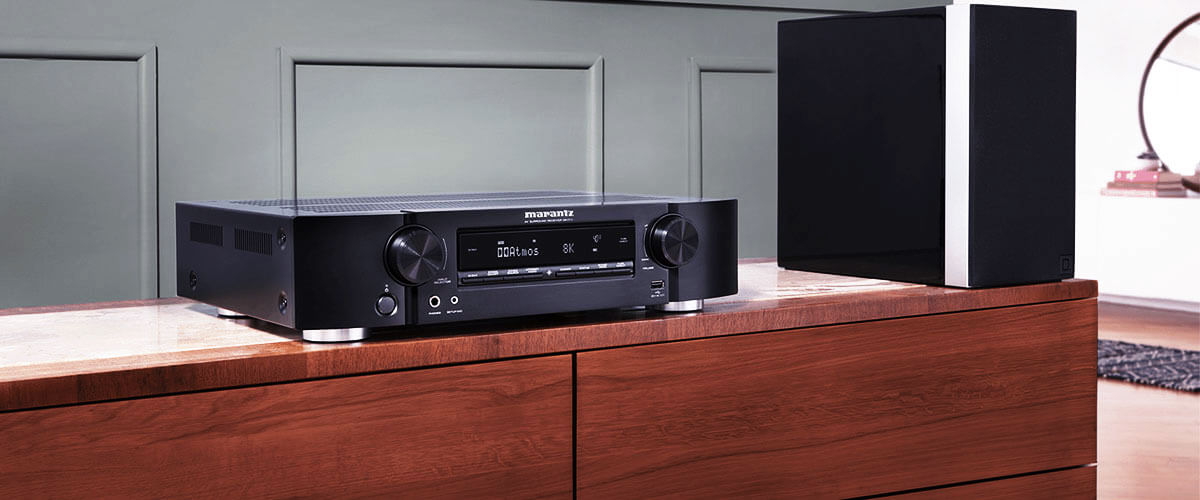
So, what to pay attention to before making a decision? Let me dive into the details a little so you don’t miss anything that might help you with your specific needs.
Determine the power requirements for your speakers and room size. A receiver with sufficient power ensures clean and dynamic sound without distortion. Pay attention to the wattage per channel. Whether a 2-channel, 5.1, 7.2, or more channels, they should match your speaker setup. If you don’t mind future expansion possibilities of adding more speakers, consider this factor, too.
In case you plan to use external amplifiers for specific channels, look for a receiver with pre-out connections that can accommodate these external amps. As for a multi-room audio setup, the unit has to be with multi-zone support. This feature allows you to play different audio sources in different rooms.
Most people tend to upgrade their equipment to enjoy immersive 3D audio experiences. Only receivers that support formats like Dolby Atmos and DTS:X can offer you such a chance. These technologies create a more encompassing and lifelike soundstage. And so that in addition to the large-scale sound, you could enjoy a picture rich in bright colors, the receiver needs the support for 4K and 8K video passthrough and the latest HDMI standards.
Continuing the topic of HDMI connection, the number of inputs and outputs has to be enough to connect your devices. Ensure they’re compatible with the equipment you have or plan to acquire. Note that HDMI 2.1 is the most demanding and advanced HDMI version. It offers significant improvements over previous versions, especially in terms of bandwidth and capabilities. This is ideal for 4K and 8K content, as well as gaming and home theater applications.
Tips for upgrading your AV receiver
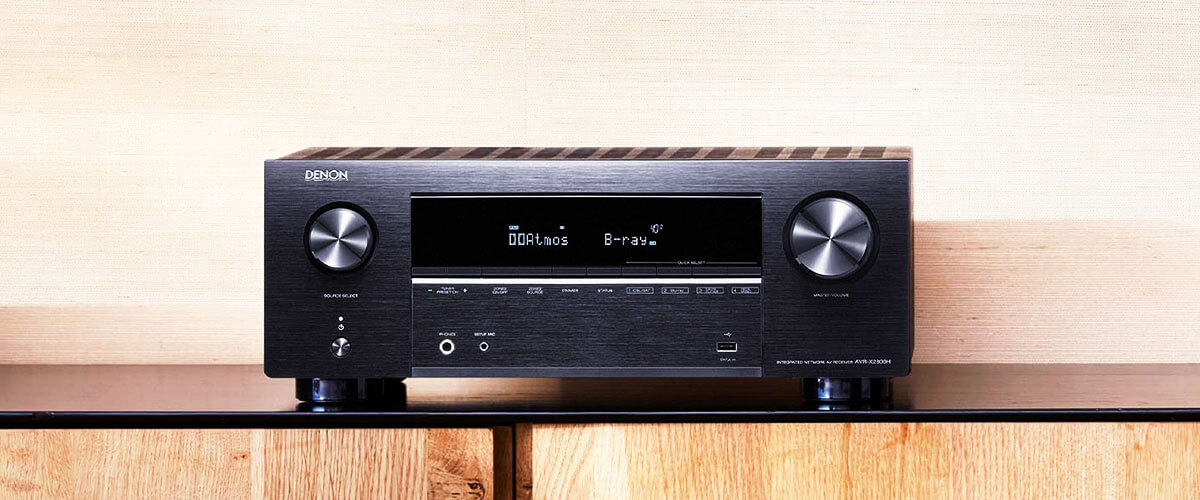
I hope the previous information helped you understand the problem with your outdated receiver and that you are ready to move on. My next advice is not a “heal all”, but I am sure it will allow you to take the first step in upgrading the receiver.
First, decide on the type of setup you want. Consider the number of channels, room size, and your audio preferences. Do you aim for a 2-channel stereo setup, a 5.1 sound system, or something more complex?
Research receiver models that align with your setup needs. Look for units with the appropriate number of amplifier channels and features such as Dolby Atmos and DTS:X support, 4K/8K video passthrough, and HDR compatibility. If there’s any device you’re interested in, then read reviews and user experiences. Pay attention to any common issues or standout features.
I’d like to pay your attention to the installation process and connection options of the receiver. You have to be sure you can handle the setup and that you have the necessary inputs and outputs to connect your existing devices. Having a room calibration system onboard will ease your work.
When you have all the necessary information I mentioned, create a shortlist of receiver models that suit your requirements. Set a budget for your upgrade. While high-end receivers offer premium features, there are also great options available in lower price ranges that can meet your needs effectively.
FAQ
What to do with old receivers?
You can repurpose old receivers in other rooms, sell them, donate to charity, recycle them at e-waste facilities, or trade them in when purchasing a new one.
Is it worth upgrading to a more expensive receiver?
It’s worth upgrading to a more expensive receiver if it offers features, performance, and compatibility that align with your setup and preferences and if it enhances your overall home entertainment experience. However, there are models with the same features but for a lower price. It’s very often that you pay not only for the features it offers but for the brand’s name.
How do I determine if a new receiver is compatible with my existing equipment?
Check for matching input and output connections, power requirements, and supported audio and video formats. Review user manuals and contact the manufacturer or retailer for compatibility questions if needed.

